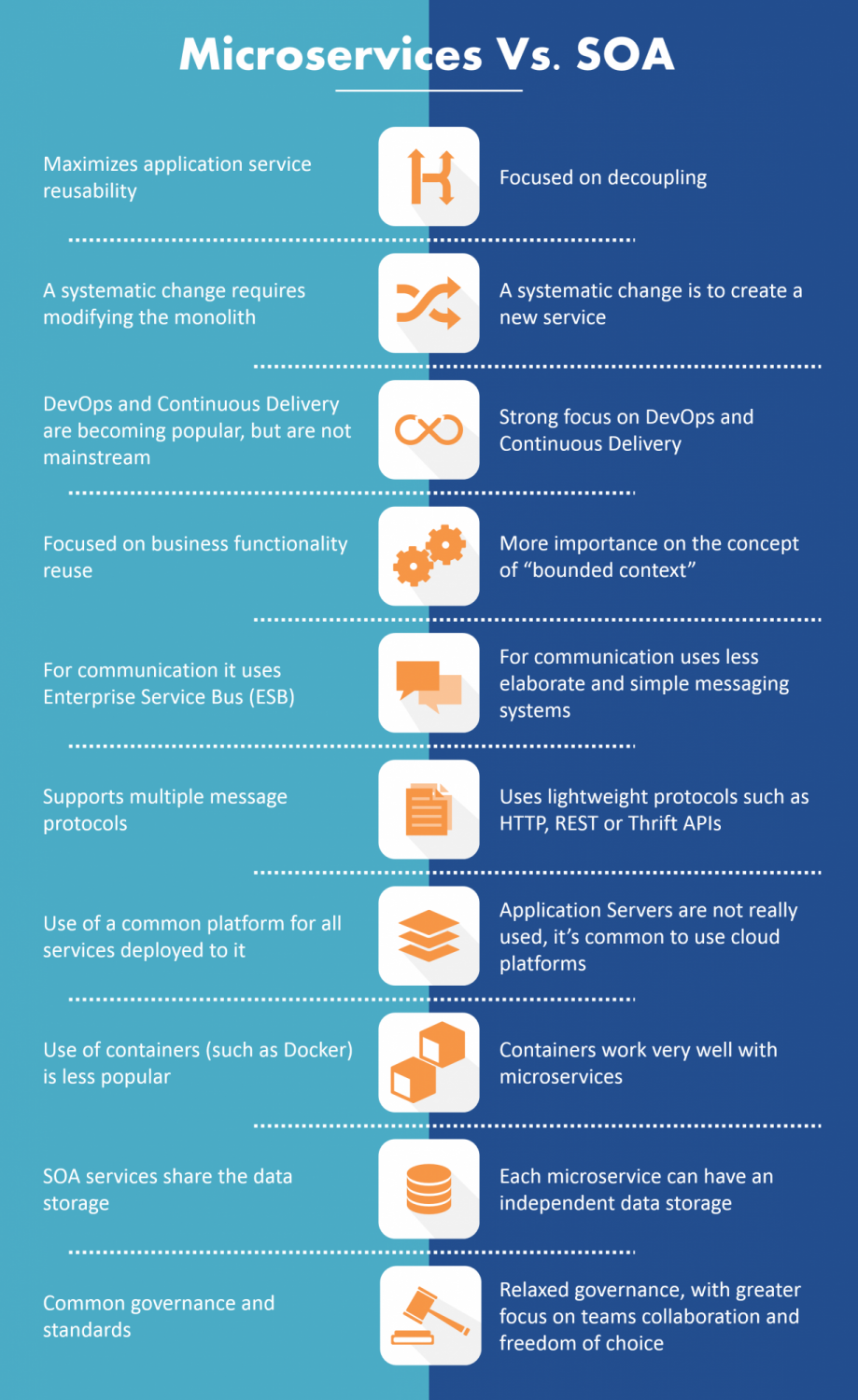Digital Transformation: How to make the change in the Banking Industry

When we talk about digital, it is easy for banks to lose their way in the thicket of buzzwords, fads, and corporate-speak. Digital transformation isn’t about moving traditional banking operations to a new digital home. Instead, it begins by suspending prior opinions about the customer and approaching to know their world in a wholly different way. Walt Disney, Amazon, Google, and Starbucks all ride on great products underlying technologies. They are usually the first to embrace new risks and unveil innovations.
The reason these game-changing companies have been doing that across decades (even before digital technologies were born, or at least the way we know them today) is their legendary focus on customer-centricity.
When it comes to banks – an influential report points out that the top five customer needs – reward me for my business, give me any time anyplace access to my balance, see me not as a data point but a human, educate me on wealth-building knowledge, by analyzing my spends help me save money. Banking leaders can use similar research and first-hand insights, must first work out their vision of customer-centricity and then bring in the power of digital transformation to execute.
Seen either way – the timing is immaculate (or dire)
The inflection point for the banking industry is at hand. For one, 69% of boards of directors think that the pandemic and the economic crisis have already accelerated digital business initiatives. Combine that with large-scale workforce virtualization, a drop in customer cash usage, increased cost optimization initiatives, and heightened pressure on banks to boost responsibility for financial inclusivity worldwide.
Making changes with digital transformation
Once the leadership commits to rethink the entire customer experience, the next area of focus will be automating and personalizing user journeys and actioning friction-less touchpoints; before that, however, a pragmatic step would be to make deep dives into operational and risk processes (front, middle, and back end) and map out possible efficiency and effectivity improvements.
Along with the inward-focused initiatives, digital transformation starts to return rich dividends when banking leaders begin to explore outside-in opportunities. Outside-in thinking can be done in multiple ways – partnering with technology giants as this survey suggests or co-marketing with FinTech’s to collaborate with academia and industry bodies. There is still another way, a daring way through – brainstorming with the competition across the concern areas of – interest rate environment, weak loan demands, dropping credit quality, high customer churn, cost of funds, regulatory burden, and attracting new-age banking – all – are fertile start points for digital transformation strategies.
Sociology and Technology.
Another talking point for digital transformation is that nothing changes until people’s behavior changes. So, while financial organizations invest millions in profound banking technologies, there must be an equal war-like effort to ensure customers understand the right tools and know-how to use them. Delving deeper into digital literacy patterns will offer bankers valuable insights that will seep into their products and services. A case in point is how DBS bank gained visibility by remaining invisible.
Systematically reinforcing customer behavior changes by employing mass-scale data analytics is one way how the banking industry already is and will create quantum value.
Physical branches gave way to ATMs. Client-server architectures replaced mainframes. Decentralization gained prominence, as did ERP and CRM systems. Cloud and SaaS followed. And now, AI and ML run through data mountains tracing patterns, predicting actions, and offering the next-best offers. If one examines closely, all instances are responses to shifting customer behaviors, societal and value system changes, and the growth of science and technology in our lives. It is the same with digital transformation.
Invert the organization, Exponentialize the value
As the number of inverted firms grows, the way digital transformation creates value changes. Inverting means moving from the value the firm alone makes to the value it helps orchestrate. The most obvious examples are Google, FB, Amazon, Microsoft. Nurturing successful platforms means providing the tools and the market to grow as partners compared to using digital transformation only to improve the efficiency of current operations. A close example of this in the banking industry is platform banking, which is a digital marketplace that provides both banking and non-banking services.
Make the change, but before that, believe in it.
Given their governance mandates, societal function, and cultural perceptions for years now, the banking industry has stayed insulated from the raging digital tsunami.
But if today’s reality is any evidence (banks are embracing AI, Robotic automation, and Advanced Data Analytics), then it is safe to say that the mindset – that’s how things always have been – is finally changing.
View










